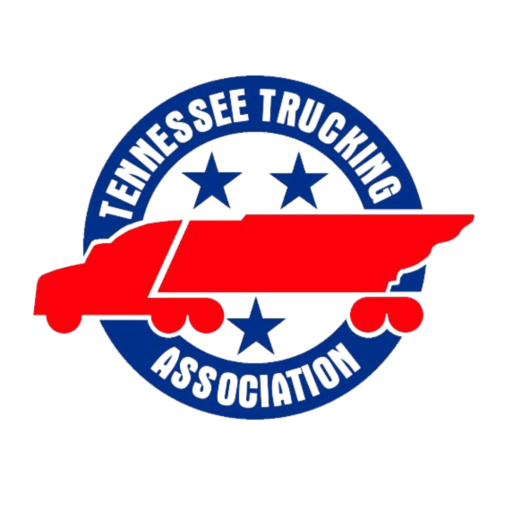Adams and Reese Legislative Update – 9-30-2021
Mandatory Vaccine Guidance Issued for Federal Contractors:
A Sneak Peek of What’s to Come for Private Sector Employers?
September 2021
President Biden’s announcement earlier this month that private sector employers with 100 or more employees will be required to have all employees either vaccinated or tested weekly has left many employers scrambling. This is especially true for those who were making vaccinations voluntary for their workforce up until this point. In anticipation of what’s to come, many employers are now scratching their heads and wondering:
By what date will private sector employees need to be vaccinated?
Does the employer bear the cost of any required weekly testing for those who remain unvaccinated?
How will the mandate be enforced and by whom?
How is this legal?
If you’ve been asking yourself these questions, you’re not alone. Unfortunately, until OSHA issues its Emergency Temporary Standard on the subject, it is unclear what the parameters will be for the President’s vaccination mandate for private sector employers. As to timing of implementation, if history is any indication, it could be several weeks, if not months. Even then, the Emergency Rule is going to be challenged in the courts, and the possibility of a nationwide injunction seems like a distinct possibility and could delay (or even derail) the President’s mandate.
On Friday, September 24, the Biden administration very quietly issued COVID-19 Workplace Safety: Guidance for Federal Contractors and Subcontractors. Is this a preview of what may be forthcoming for private sector employers? Possibly, and so while private sector employers await the issuance of OSHA’s Emergency Standard, it’s worth considering some of the highlights of the administration’s requirements for federal contractors:
- The vaccination deadline for federal contractors is December 8, 2021.
- Federal contractors must designate one or more persons to implement and ensure compliance with the vaccination mandate. These designees must monitor (at least weekly) whether the area where employees are working is considered a “high or substantial” or “low or moderate” area of community transmission (according to the CDC). Different safety protocols will apply depending on which area you are located. In the event there is a change from “high or substantial” to “low or moderate,” the employer must wait 2 consecutive weeks before there can be any change in applicable safety protocols.
- The applicable protocols for fully vaccinated and not fully vaccinated workers must be clearly communicated to employees and visitors, g. through postings, signage, or flyers.
- If employees are in a “high or substantial” area of transmission, they must continue to wear a mask indoors in common areas or shared spaces even if vaccinated. The mask must be over the nose and mouth. Social distancing is not required so long as employees are properly masked. Some exceptions to masking apply for eating or drinking (and can maintain social distancing while eating or drinking); if an employee is alone in an enclosed office with the door closed; if a mask may get wet; or if employees are engaged in high intensity activities and wearing a mask would cause difficulty in breathing.
- If you are in a “low to moderate” area of transmission, no mask is required if you are vaccinated, and physical distancing is not required.
- Regardless of what area of transmission you are located in, if you are unvaccinated, you must maintain six feet of social distancing at all times, and wear a mask. Even if outdoors, a mask is required if you are in crowded spaces or in close proximity to other unvaccinated people.
- Proof of vaccination must be in the form of an official document, g. your vaccination card or medical record, and that documentation must be provided to the employer. Photos and digital scans are acceptable. An attestation by the employee and/or an antibody test is not considered valid proof of vaccination.
- The vaccination mandate is subject to reasonable accommodations being made for individuals that cannot be vaccinated for legitimate medical or religious reasons.
- Some notable observations include: (1) Unlike the private sector, there is no option for weekly negative testing in lieu of vaccination; (2) The vaccination mandate applies even if the employee works remotely; (3) The vaccination mandate does not apply to workers located outside the United States; and (4) The vaccination mandate supersedes any state or local laws or ordinances that have more relaxed protocols in place.
We will continue to monitor the situation and will provide an update once OSHA’s Emergency Standard is issued. Only then will private sector employers with more than 100 employees truly know what will be required of them.
In the meantime, employers should begin thinking about designating personnel to be responsible for ensuring compliance with the upcoming mandate. And, so you are not in a time crunch when the time comes, it probably makes sense to begin drafting your mandatory vaccination policy, as well as any forms that could help drive the interactive process with employees who request medical or religious accommodations.
As always, it is best practice to consult with experienced employment counsel when implementing new policies and procedures.
